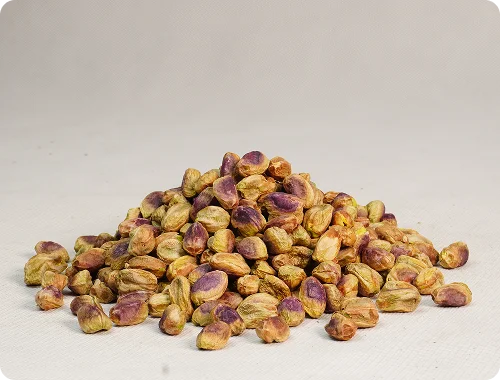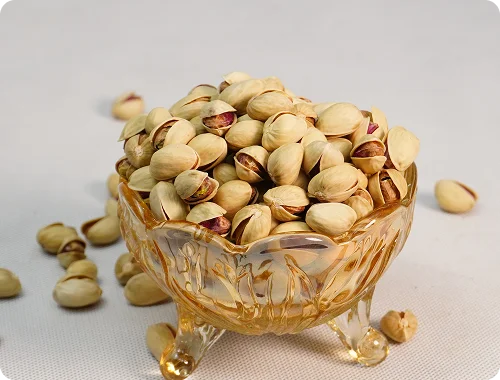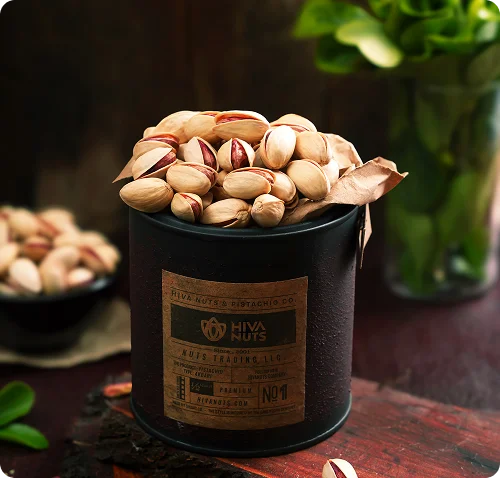Exploring the World of Pistachio: Varieties, Uses, and Benefits
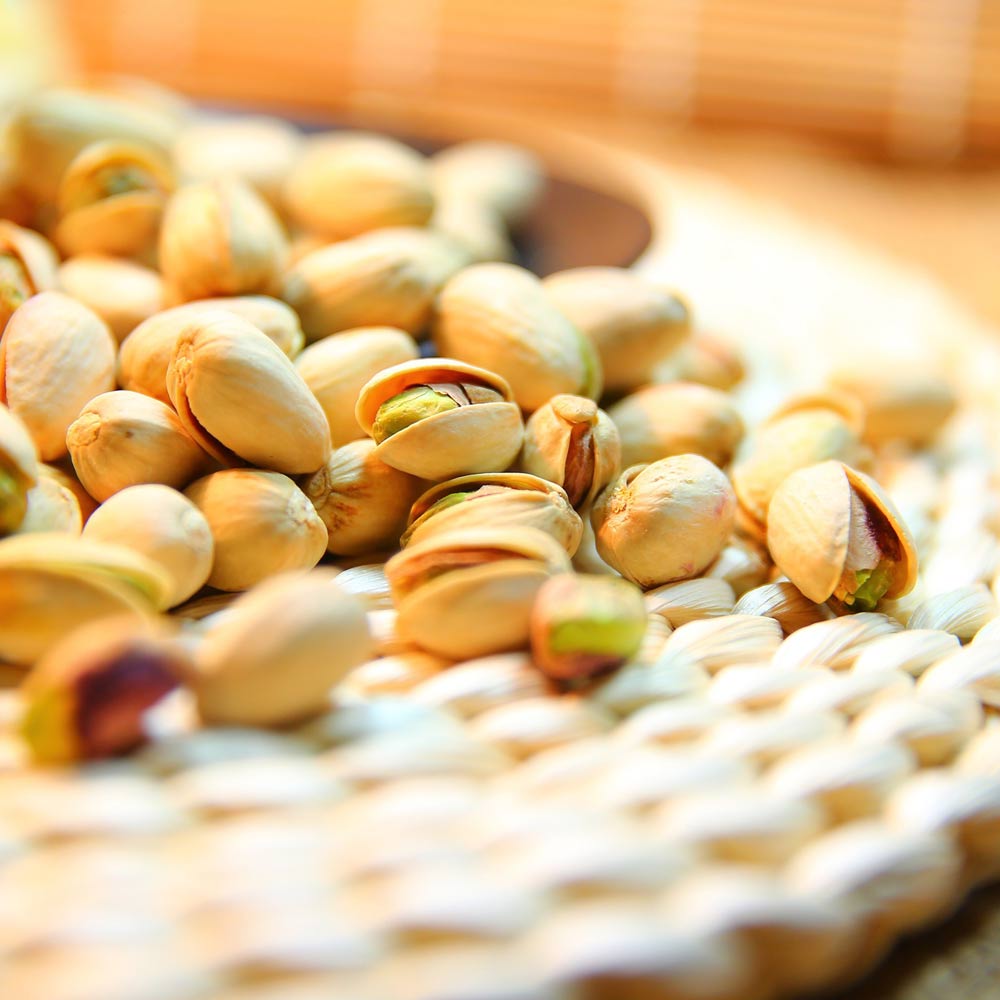
Whenever anyone hears the name pistachio, a long or round dried nut comes to mind. Recognizing different types and species can be challenging. Even though there are many pistachio experts and business people who earn money from the pistachio business annually, some may not know about various species and their benefits. This article aims to provide basic information about pistachio varieties and benefits, including the usage of each one, with a focus on Iranian pistachio genera in particular.
Pistachio Varieties and Their Origins
Pistachios belong to the Anacardiaceae family, which includes around 70 genera and over 600 species. The genus Pistacia comprises about 20 species, but five are particularly notable: P. vera, P. atlantica, P. terebinthus, P. khinjuk, and P. lentiscus. These plants can be evergreen or deciduous, often resin-bearing bushes, and sometimes trees growing up to 10 meters tall.
In Iran, you’ll naturally find P. vera, P. khinjuk, and P. atlantica. Among them, P. vera is the superstar in the pistachio world, widely cultivated for its nuts and often grafted onto rootstocks from the other species.
The Many Parts and Benefits of Pistachio Trees
Every part of a pistachio tree has something to offer. From the fruit and leaves to the resin and branches, each component has its unique uses. Research has shown that pistachios are beneficial for various health issues, particularly gastrointestinal problems.
The fruit of the pistachio tree, especially from P. vera, is well-known for its nutritional value. It is rich in proteins, healthy fats, vitamins, and minerals. Beyond its use as a snack, pistachio fruit is also incorporated into a variety of dishes and desserts around the world, adding both flavor and nutrition. The leaves of the pistachio tree are used in traditional medicine. They create infusions and teas that help reduce inflammation and manage digestive disorders. The resin, often called mastic, has been used for thousands of years. It has antibacterial and antifungal properties, making it useful in oral hygiene products and natural remedies for infections. Additionally, the branches and bark have been utilized in creating natural dyes. They are also used as a source of fuel in some cultures.
Traditional Uses in Medicine
- Mastic Tree (P. lentiscus): This tree’s resin, known as mastic or Arabic gum, has been used for about 5000 years. In Iran, it’s a go-to for freshening breath, aiding digestion, strengthening gums, and as a brain and liver tonic.
- P. atlantica: In Iran, this tree’s resin is used to treat kidney issues, digestive problems, and liver disorders. The fruit is used as an antidiarrheal, while different parts are employed in veterinary medicine and for a wide range of health issues, including gastrointestinal disorders and peptic ulcers.
- P. terebinthus: In countries like Greece, Iran, Jordan, Turkey, and Spain, its resin smoke is used as an air antiseptic and purifier.
- Pistachio Nut (P. vera): This is the type of pistachio most of us eat. It’s grown in Mediterranean countries and the Middle East, including Iran. In traditional Iranian medicine, its shells are used as a sedative and tonic, and its nuts are enjoyed as food.
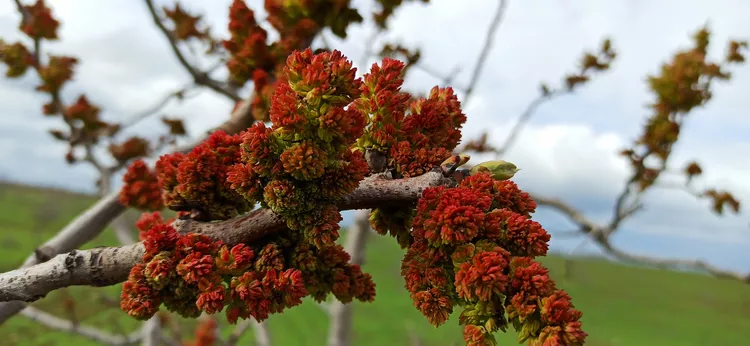
Modern Discoveries: Phytochemical Benefits
Modern science backs up what traditional medicine has known for centuries. Phytochemical analyses of pistachio species have identified various compounds. Essential oils are found in different parts of the plant, like twigs, galls, flowers, fruits, resin, leaves, and leaf buds. These essential oils vary in quality and quantity. Factors such as harvest time, climate, geographic origin, plant species, and plant part influence these variations.
Essential oils and their components, such as monoterpenoids and sesquiterpenoids, have significant therapeutic effects, including anti-inflammatory and antimicrobial properties. Additionally, high levels of flavonoids and phenols in pistachios contribute to their antioxidant and anticancer activities.
Conclusion
The genus Pistacia is a rich source of medicinal compounds, as demonstrated by various pharmacological studies. Species such as P. atlantica, P. vera, P. terebinthus, P. khinjuk, and P. lentiscus have shown significant antioxidant effects due to their anthocyanins, flavonoids, and other phenolic compounds. These findings support their traditional uses and highlight their potential in treating cancer and cardiovascular diseases.
Iran remains one of the leading producers and exporters of pistachios. Its history of pistachio cultivation dates back to 7000 B.C. The diverse applications and benefits of pistachios underscore their importance both commercially and medicinally. Whether you enjoy them as a snack or use them for their medicinal properties, pistachios are truly a gift from nature.


